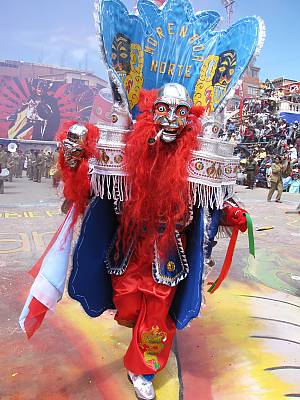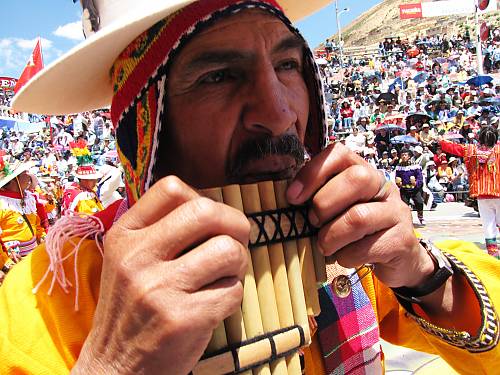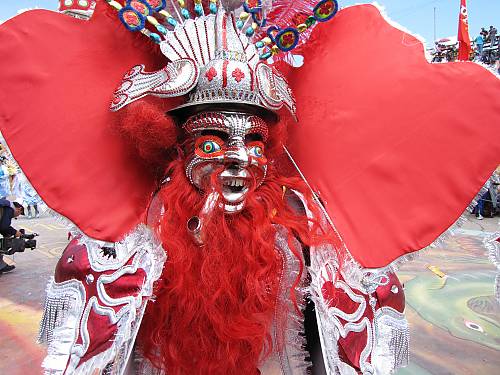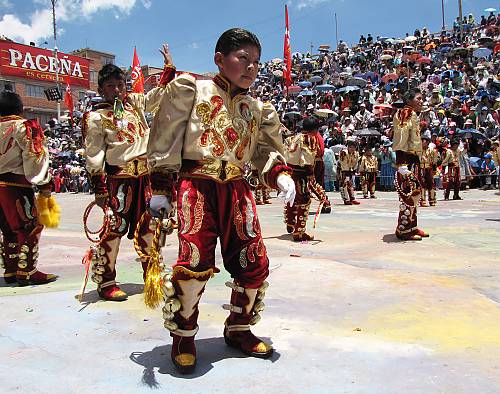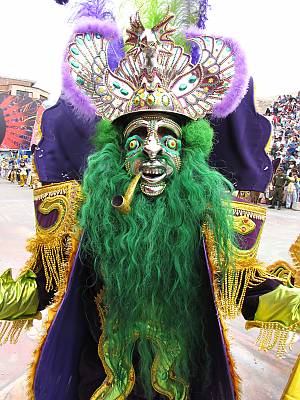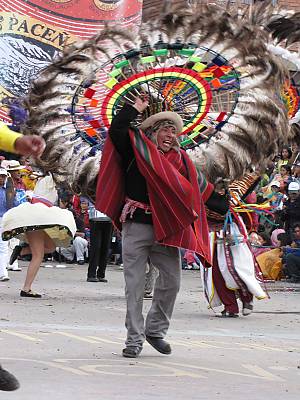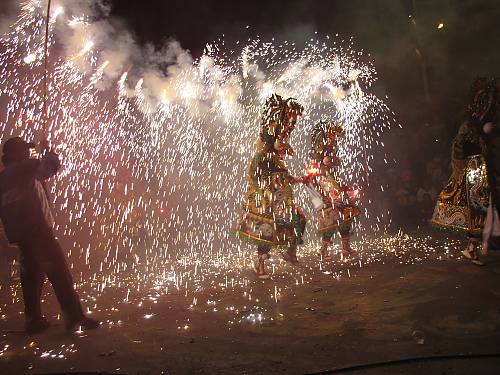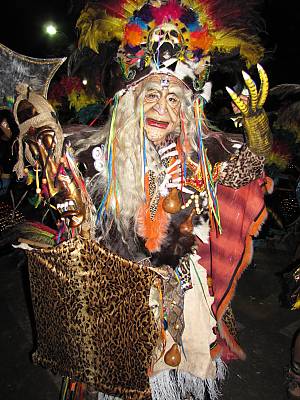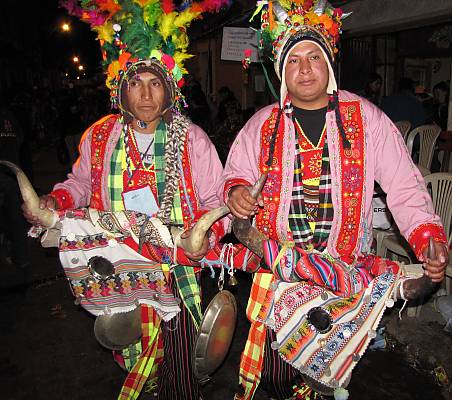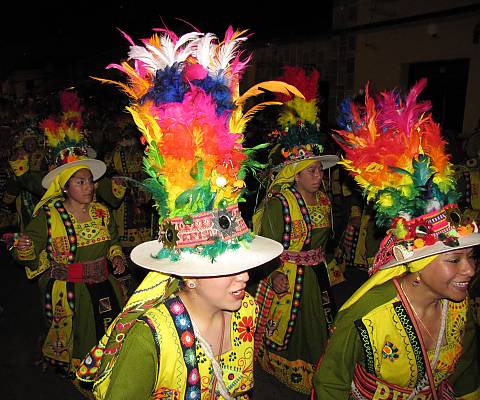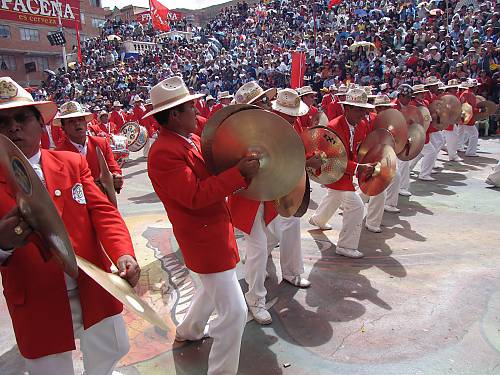Carnival of Oruro
Bolivia (Plurinational State of)
Inscribed in 2008 (3.COM) on the Representative List of the Intangible Cultural Heritage of Humanity (originally proclaimed in 2001)
The town of Oruro, situated at an altitude of 3,700 metres in the mountains of western Bolivia and once a pre-Columbian ceremonial site, was an important mining area in the nineteenth and twentieth centuries. Resettled by the Spanish in 1606, it continued to be a sacred site for the Uru people, who would often travel long distances to perform their rituals, especially for the principal Ito festival. The Spanish banned these ceremonies in the seventeenth century, but they continued under the guise of Christian liturgy: the Andean gods were concealed behind Christian icons and the Andean divinities became the Saints. The Ito festival was transformed into a Christian ritual, celebrated on Candlemas (2 February). The traditional llama llama or diablada in worship of the Uru god Tiw became the main dance at the Carnival of Oruro.
The Carnival, which takes place every year, lasts ten days and gives rise to a panoply of popular arts expressed in masks, textiles and embroidery. The main event in the Carnival is the procession or entrada. During the ceremony, the dancers walk the four kilometres of the processional route and repeat the journey for a full twenty hours without interruption. More than 28,000 dancers and 10,000 musicians organized in about 50 groups take part in the procession which still shows many features dating back to medieval mystery plays.
The decline of traditional mining and agriculture is threatening the Oruro population, as is the desertification of the Andean high plateau, which is leading to massive emigration. Urbanization has given rise to acculturation as well as a growing generation gap. There is also uncontrolled financial exploitation of this Carnival.


